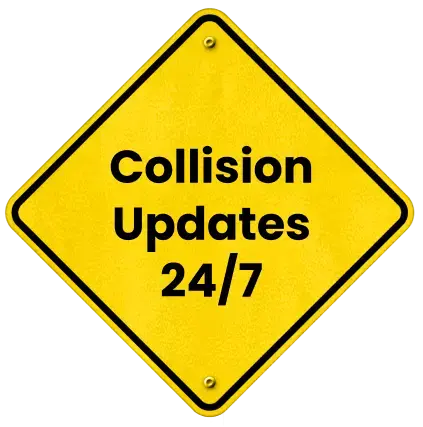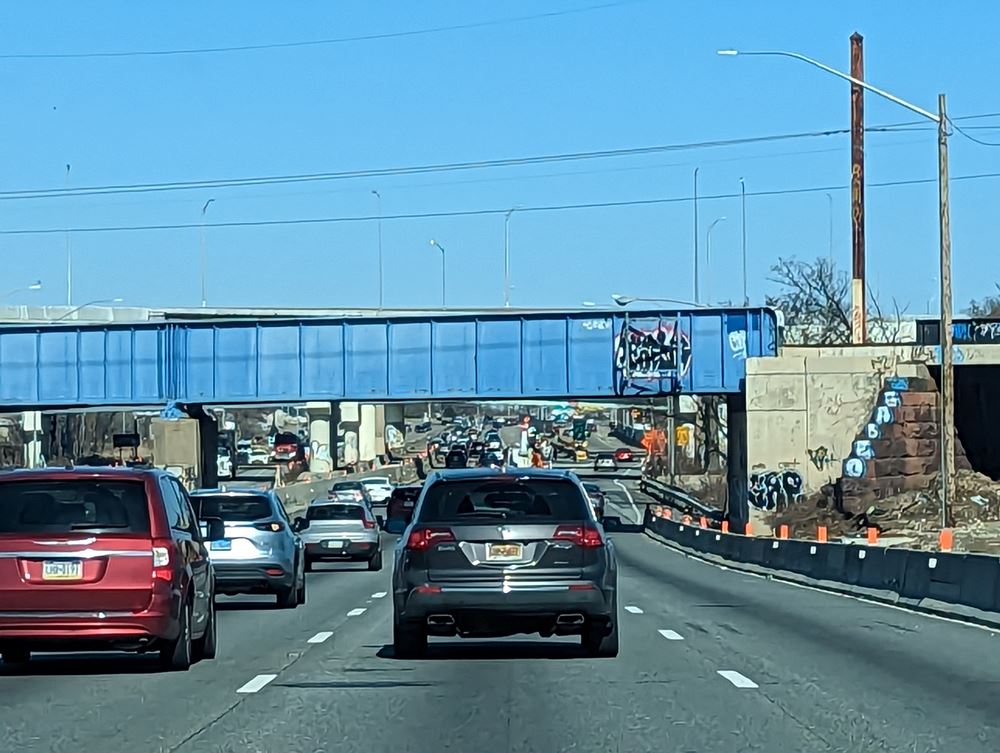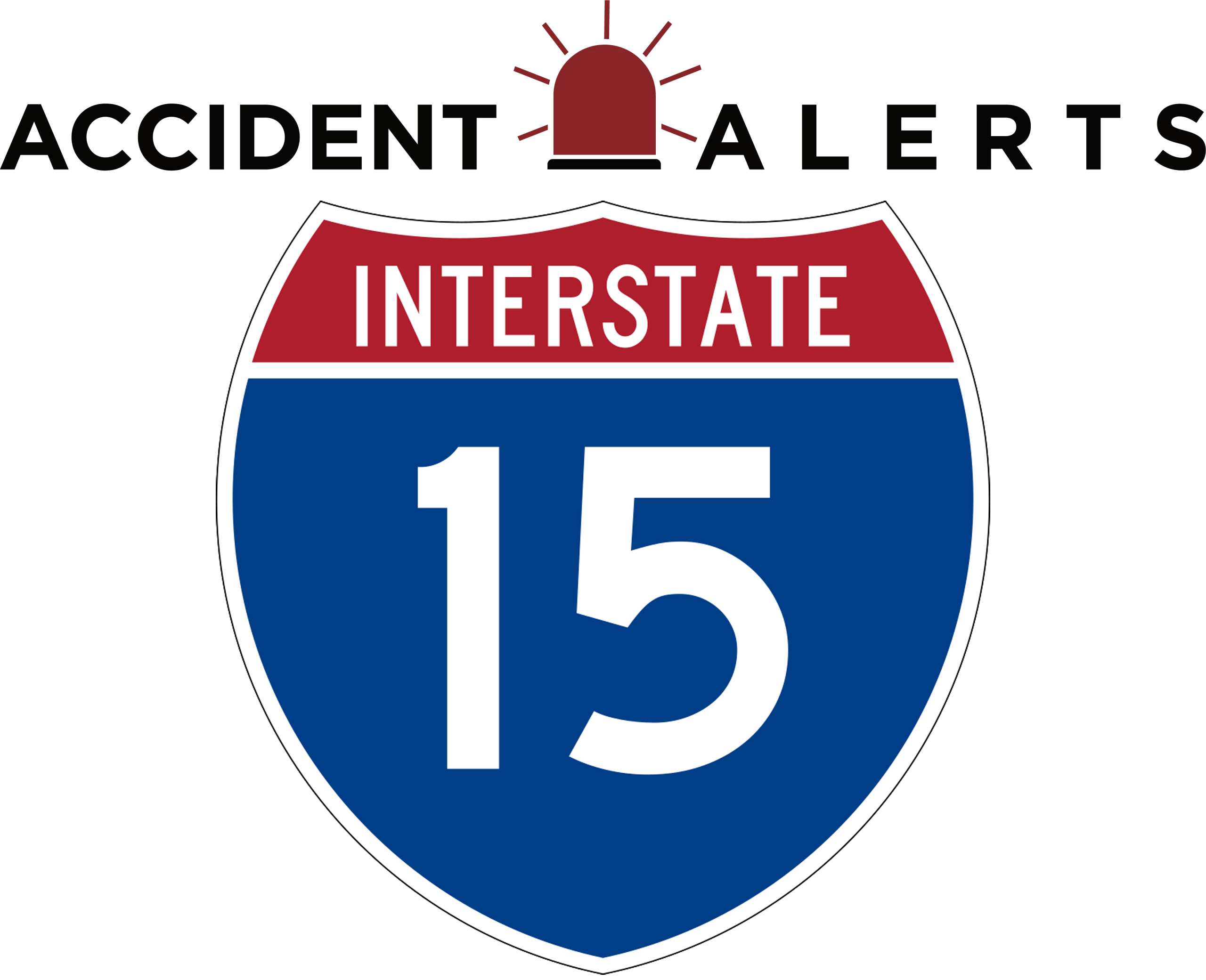
How Heavy Traffic Near Las Vegas Affects I-15 Accident Rates


Interstate 15 (I-15) serves as one of the most vital transportation corridors in the western United States, stretching from San Diego, California, through Nevada and Utah, all the way to the Canadian border. Yet few stretches are as notorious for congestion and crashes as the section passing through Las Vegas. With millions of tourists visiting the city each year, a constant flow of commercial trucks, and expanding suburban development in Clark County, I-15 Las Vegas accidents have become a growing public safety concern.
This busy freeway not only supports regional commerce but also carries a unique mix of local commuters, long-distance travelers, and out-of-state visitors unfamiliar with the road. Combined with frequent lane changes, construction zones, and heavy weekend traffic, these factors have led to some of the highest crash rates in the state of Nevada.
Traffic Congestion and Its Role in I-15 Accidents
Las Vegas has experienced explosive population growth and tourism recovery in recent years, which has had a direct impact on traffic congestion. According to Nevada Department of Transportation (NDOT) data, average daily traffic volumes on I-15 exceed 300,000 vehicles near key interchanges like Tropicana Avenue and the Spaghetti Bowl. During peak hours, slow-moving congestion and sudden lane shifts increase the likelihood of rear-end and sideswipe collisions.
Unlike many interstates, I-15 through Las Vegas handles both local and through-traffic simultaneously, leading to high variability in driver speeds. Visitors often enter and exit abruptly near popular destinations such as the Strip or Allegiant Stadium, while truck drivers remain in steady travel lanes, creating unpredictable traffic flow patterns. These abrupt transitions frequently cause chain-reaction crashes, particularly during major events or holiday weekends.
The heavy presence of rental vehicles adds another layer of complexity. Many tourists are unfamiliar with the city’s exits, restricted lanes, or construction zones, leading to hesitation, overcorrection, or distracted driving, all significant contributors to Vegas traffic crashes.
Tourism and Event-Driven Traffic Patterns
Tourism plays a central role in why I-15 remains one of Nevada’s most congested and accident-prone highways. Major events like Formula 1 Las Vegas, CES, and large conventions at the Las Vegas Convention Center can draw hundreds of thousands of attendees. These events cause massive traffic surges at specific times of day and week, often straining I-15 and nearby arterials such as Russell Road and Flamingo Road.
Weekend getaway traffic between Southern California and Las Vegas also has a measurable impact. NDOT studies show that traffic volume can spike by up to 60% on Fridays and Sundays as visitors travel to and from the city. These peaks create severe bottlenecks near Primm and Jean, where rural highway conditions suddenly merge with dense urban congestion. Collisions in these transition zones are common, often involving fatigued drivers returning home after long weekends or late-night events.
In addition to congestion, impaired driving remains a serious issue in this corridor. Las Vegas’ entertainment environment means that some drivers may be under the influence when returning to I-15, particularly near exits serving resort and nightlife districts. The combination of alcohol, fatigue, and high-speed travel creates a particularly dangerous mix that elevates the risk of fatal and injury crashes.
High-Risk Zones Along I-15 in Las Vegas
Certain sections of I-15 consistently experience higher crash rates due to design challenges, merging patterns, and driver behavior. Among the most dangerous areas are:
- The Spaghetti Bowl Interchange (I-15/I-515/U.S. 95): Frequent lane changes, short merge distances, and constant traffic flow make this one of Nevada’s most complex interchanges.
- Tropicana to Sahara Corridor: High tourist traffic, multiple exits for major resorts, and pedestrian overpasses increase congestion and confusion.
- Southern Las Vegas Boulevard Connection: Drivers attempting last-minute lane changes to reach or leave the Strip often cause sudden slowdowns and sideswipes.
According to NDOT’s Highway Safety Annual Report, Clark County accounts for nearly half of Nevada’s total freeway crashes, with I-15 representing a major portion of those incidents. Rear-end collisions are the most common type, followed by sideswipes and angle crashes linked to improper lane changes or speeding in heavy traffic.
Contributing Factors: From Road Design to Driver Fatigue
While congestion plays a central role in accident frequency, several other factors amplify the danger on I-15:
- Driver Fatigue: Travelers heading to or from California may drive for several hours across the Mojave Desert before reaching Las Vegas. Fatigue slows reaction times and increases the risk of drifting between lanes or failing to brake in time.
- Construction Zones: Ongoing infrastructure projects, such as the I-15/Tropicana Design-Build Project, create narrowed lanes, shifting barriers, and reduced shoulders, leaving little room for driver error.
- Speed Differentials: Speeding remains a top contributing factor. Some drivers exceed 80 mph on open stretches, only to encounter sudden slowdowns approaching the Strip.
- Weather and Lighting: Though rare, desert rainstorms can cause flash flooding and slick pavement, while glare from bright signage and streetlights can affect nighttime visibility.
When these elements combine, the risk of multi-vehicle collisions rises sharply, particularly during high-volume travel weekends or event departures.
Liability in Las Vegas I-15 Crashes
Determining liability in a congested corridor like I-15 near Las Vegas can be challenging due to the mix of heavy commuter, tourist, and commercial traffic. Accidents may involve multiple drivers, large trucks, or even government entities responsible for roadway maintenance and construction oversight.
Liability often hinges on specific circumstances, including driver negligence such as speeding, tailgating, or distracted driving, which are among the most common causes of I-15 collisions. When commercial carriers are involved, investigators may examine maintenance records, driver fatigue, and compliance with Federal Motor Carrier Safety Administration (FMCSA) regulations. In some cases, poor signage or construction zone mismanagement can shift partial responsibility to contractors or public agencies. To establish fault accurately, insurance claims following I-15 crashes require detailed documentation, accident reports, photos, dashcam footage, and witness statements.
Because of the complex traffic environment, multiple insurers and legal representatives are often involved, making professional legal guidance crucial for anyone navigating the aftermath of an I-15 accident near Las Vegas.
After an I-15 Crash in Las Vegas, Call an I-15 Accident Lawyer
Even the most cautious drivers can be caught off guard by sudden slowdowns, aggressive drivers, or unpredictable tourists. Victims of I-15 crashes often face significant medical costs, vehicle damage, and lost income while navigating insurance and liability claims. Seeking experienced legal assistance can make a meaningful difference in recovery outcomes.
A skilled I-15 accident attorney can help investigate contributing factors, such as driver negligence, construction zone hazards, or commercial vehicle involvement, and ensure that victims receive fair compensation for their injuries and losses. Attorneys can also coordinate with experts to analyze crash reports and reconstruct events, supporting stronger insurance claims and legal outcomes.
If you or a loved one has been injured in a Las Vegas I-15 traffic crash, don’t face the process alone. Contact our legal team today for a free consultation to discuss your rights, gather critical evidence, and ensure you receive the full support you need to recover, physically, financially, and emotionally.
